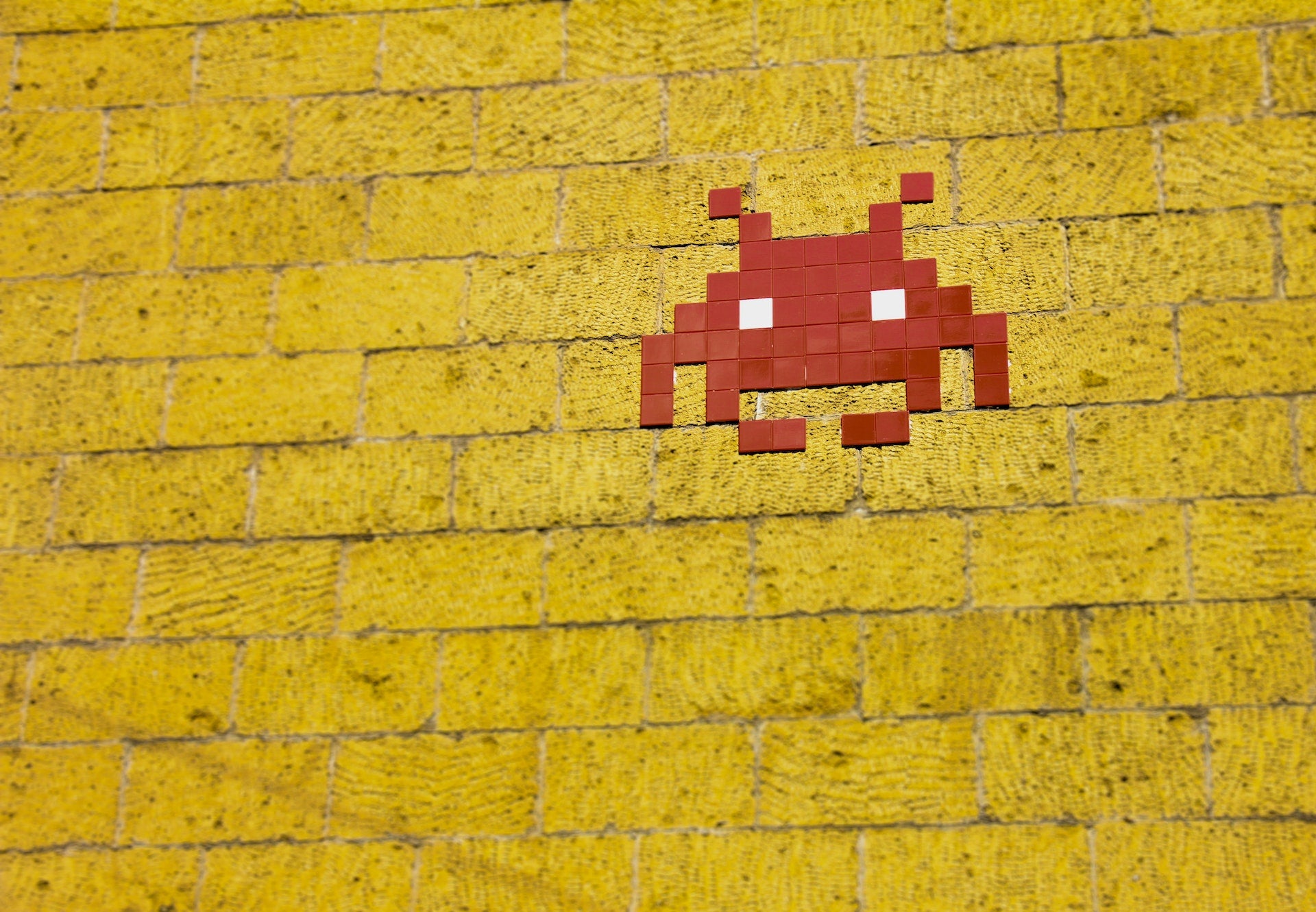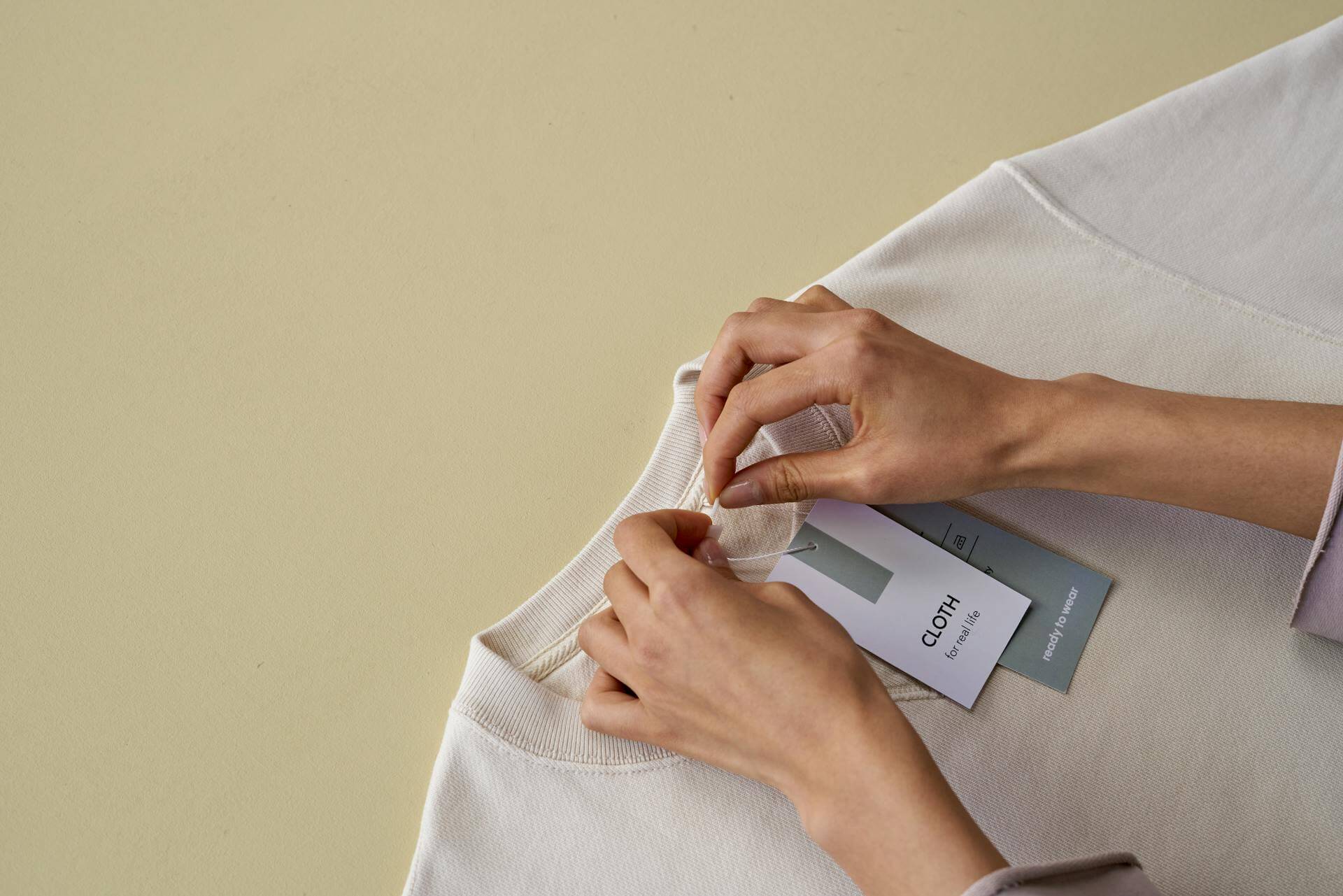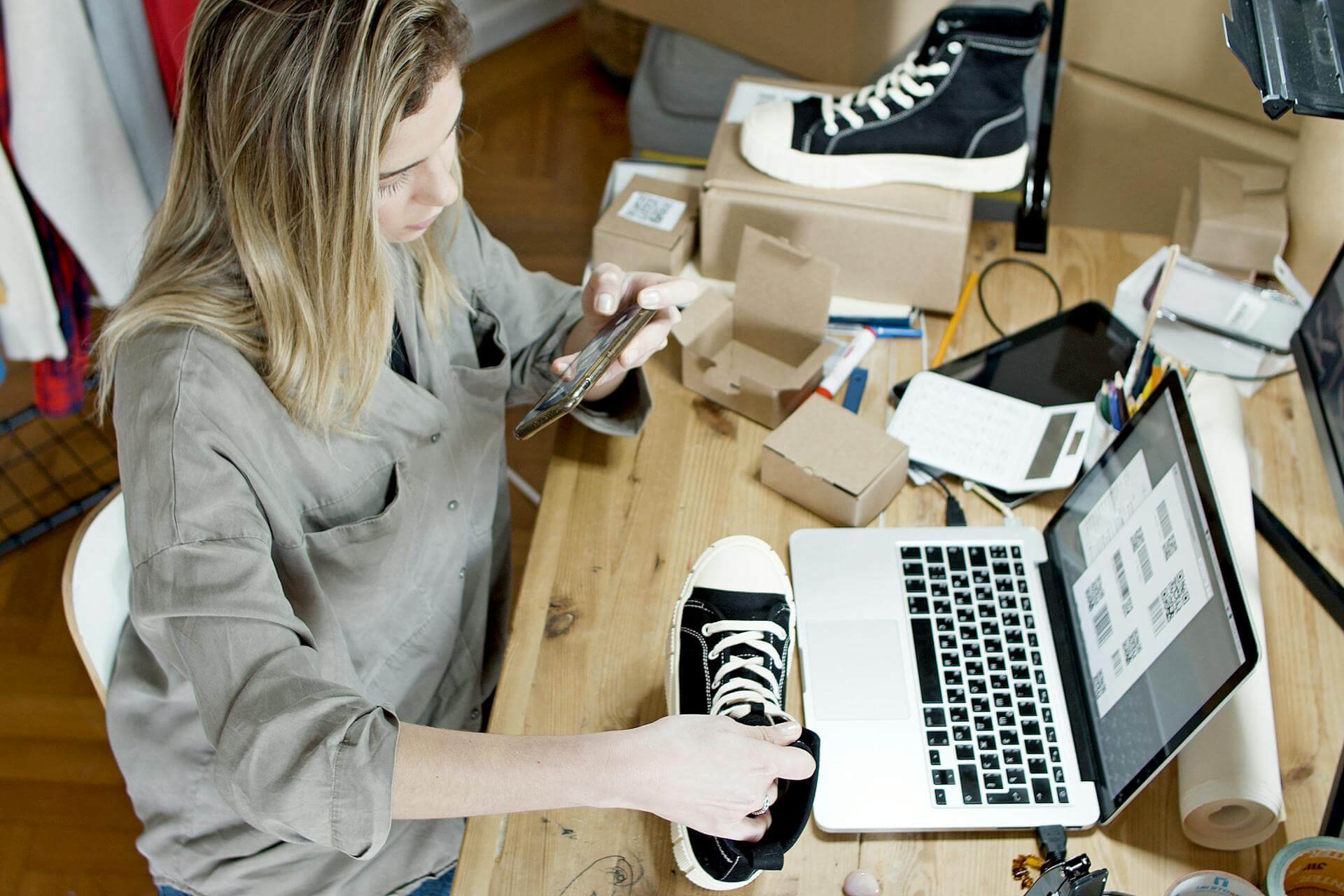Learn how gamification can improve your Shopify store UX.
Online shopping has become increasingly popular since it was first introduced in 1994, nearly 28 years ago. Today, there are about 24 million online stores across the globe generating billions of dollars every year.
Clearly, most businesses have an online store now to sell online.
However, there is a catch.
Research shows that most online stores experience a bounce rate anywhere between 20% and 45% on average. And that’s quite a grim stat at the outset.
So, why does it happen?
One of the key reasons for such high bounce rates is the fact that many online shoppers find the virtual shopping experience to be quite monotonous.
Fortunately, there is a great way to mitigate this challenge and that is gamification.
In this blog we elaborate on everything you need to know about gamification of your online store and more.
Let’s dive in.
What is gamification in ecommerce?
Gamification is all about implementing concepts from gaming and video gaming to assist in sales across ecommerce stores. It works by incentivizing customers and offering rewards and achievements to nudge customers to take actions. It is a great way to pique customer interest and also to increase engagement. The goal is to entertain, engage, and incentivize customers.
With customers having shorter and shorter attention spans, gamification has become quite an effective way to turn monotonous shopping experiences into fun and interesting activities.

Benefits of gamifying your online store
Gamification has quite a number of benefits for online stores. Here’s a brief look at some of them:
- Decreased cart abandonment rates: When properly implemented, gamification can make the checkout process quite friendly and there is a higher number of sales as well.
- Increase in repeat customers: The great thing about gamification is that it offers customers a venue for taking part in interesting activities thus increasing engagement and interest in the long run.
- Better online visibility: Gamification being such an interesting activity is often shared across social media bringing in better brand visibility and helping in brand promotion.
- Easier to attract attention of newer customers: It is a great way to attract the attention of younger audiences and also spread brand awareness.
How to implement gamification in your online store UI and UX
Gamification is being increasingly used across ecommerce stores. There are several different ways you can implement it on your user interface.
Let’s take a look at some of the most common ones.
1. Points system
This is one of the most common forms of gamification that is seen with Shopify UX on ecommerce stores. Customers accumulate points every time they purchase. Once a certain number of points are accumulated, the customer gets either a free item or a discount on the purchase.
The advantage of the points system is that it’s quite easy to set up and is also quite simple and straightforward for customers as well.
For instance, Starbucks has a points system where with every 25 points accumulated, customers get to customize their drink and with every 50 points they get a snack or a beverage for free.

2. Wheel of Fortune
Another popular gamification technique in Shopify UX design is the Wheel of Fortune. There is a roulette wheel with multiple offers and all the customer has to do is simply press a CTA button and the wheel spins virtually.
It is also a great way to collect customer data since to receive their prize, they need to provide their contact details for the vendor to get in touch with them and send over their rewards.
3. Scratch coupons
Remember those days when you would get fun scratch coupons and using a coin to excitedly scratch off and find out what you’ve got on that coupon.
Well, years later it’s still a commonly used gamification strategy used in Shopify UX design. The only difference is that today, instead of paper, we receive scratch coupons via email. You can even use these on websites to nudge a customer to complete their purchase. For instance you can offer them a guaranteed scratch on completing the checkout process.

4. Contests and giveaways
User experience strategists may be quite familiar with this one. It is common for ecommerce stores to hold contests, especially during special occasions such as the holiday season or a festival. The great thing about this type of Shopify UX is that it has the potential to get lots of promotion and buzz on social media platforms. You can offer discounts, freebies, exclusive access etc to the lucky winners.
You can even make user-generated content out of it. For instance, a lot of brands hold social media contests asking customers to post photos of themselves and their favorite products from the store. The best ones are selected and a winner is chosen. You can also use giveaways to generate customer reviews by offering a reward if they complete a survey or leave a review on the website.

5. Referral rewards
Another Shopify UX design strategy is to implement a referral rewards policy. It is a great way to invite new customers to your store.
The most common way of doing this is to provide a discount coupon to customers who have already completed a purchase. They can pass this on to friends and family who can then use the coupon to get discounts off their first-time purchases.

6. Digital challenges
This is a tricky yet effective one. In this method you can set challenges such as solving a mystery or a digital puzzle placed on your website or landing page. Different hidden clues can be placed strategically on your website’s interface and customers who solve these get a reward.
The advantage here is that this ensures customers spend enough time on your website and engage with different elements. The tricky bit is that at times customers may get engrossed in just solving the puzzle instead of actually seeing what you have to offer them in terms of products or services.
7. Loyalty programs
In this method of gamification for Shopify UX, there are different tiers or levels that have to be unlocked to get discounts or free items. In order to unlock each level, the customer has to spend a certain amount of money.
For instance Sephora’s Beauty Insider program has three tiers which includes three levels such as Insider, VIB, and Rouge. Each level comes with benefits like discounts, free shipping, exclusive access etc.

8. Trivia or product quizzes
This is a great way to familiarize users with your product. You can ask customers to take quick product trivia or quizzes to test their knowledge. As they complete different levels of quizzes you can offer them various prizes and rewards. The biggest advantage is the increased engagement of users with your product, increasing the likelihood of product purchase.


9. Journey builders
This type of gamification on Shopify UX is slightly different since the outcome does not actually include a prize or reward. The idea is to ask customers basic yet effective questions to collect data such as demographics, customer preferences etc and offer personalized product recommendations.
10. Daily or hourly deals
In this method ecommerce stores offer customers limited quantities of a product and special discounts either every day or every hour. The next product is brought in only once the first item is completely brought out.
Often a number of shoppers wait tirelessly in front of their websites or with their mobiles to get early access to these deals. This is quite common during days such as Black Fridays and Cyber Mondays.

11. Personalizations
Yet another method of gamifying your shoppers’ user experience is to allow them to customize their purchases. For instance Gucci released the Gucci Garage App through which customers could customize their sneakers with any design of their choice. This piques interest and also increases intent to buy since customers are able to purchase sneakers with one-of-a-kind designs. Plus imagine the fun you’d have designing your sneakers virtually!
12. Progress bars
You must have come across progress bars quite often. It is nothing but a long bar that shows you how much of the buyer’s journey you have completed.
For instance, choosing your product is the first step, the second step could be adding your contact details, the third step could be choosing their shipping method, and the last could be completing the payment.

13. Gaming apps
This is a gamification technique implemented by a number of popular brands such as McDonalds, the Karl Lagerfield online store, and several others. It is a much more complex strategy and should be implemented only in instances where the benefits outweigh the cost.
These gaming apps are designed in such a way as to encourage users to dive in deep and unlock rewards, badges, tokens, and various other elements of gamification.
Often, they are used by brands to introduce new launches and as a way of brand awareness. Players often get real-life rewards as well.
14. Social media engagement
In this method, customers are given points for their engagement with a brand’s social media page. This can be in the form of user reviews, comments, answering questions from peers, and more. Once enough points have been accumulated, customers earn coveted badges and increase their scores. This is a great way to increase traffic and improve conversions.
15. Interactive workshops
This is a fun one. Instead of offering users endless boring product catalogs and pages, an interactive workshop focuses on having customers design different products. For instance, consider an online shop that specializes in building custom mobile cases. Users are given access to a virtual workshop where they are given options such as type of material, color, patterns, etc. Users can then create a case that is completely customized online.
Once they are satisfied, they can simply ask for it to be converted to a 3D object and have it shipped over to them. This is great because the DIY approach motivates users to make purchases.
16. Gamification through AR
This one is sophisticated and will probably become popular as AR becomes more commonplace. Customers get to try out different products and see how they look just through AR experience from the comfort of their homes.
Ikea offers such an experience where customers get to visualize different types of features in their homes without having to visit the store. It helps them to understand how exactly a piece of furniture occupies space in your home and make your purchases accordingly.
This encourages customers to spend more time on the app and increases the likelihood of online purchases.

17. Hangman
Another favorite and commonly used gamification technique is Hangman. Amazon is notorious for leveraging this method on its UI.
It involves setting up a product as a reward. Most often these are high-value purchases. Every day a single question is posted on the website with certain clues that lead up to the answer. The first customer who answers correctly wins the prize. Such deals are short-term and generate very high engagement during the period in which it is active. Customers eagerly wait for these challenges and spend more time engaging with the products in your inventory.
18. Find the hidden item
In this simple and fun gamification technique, a single product is hidden amidst an intricate visual creative. A timer is present, usually a minute or less. Customers have to pick out the correct item using clues from amongst the many elements in the picture before the timer runs out.
In most cases, it is used as a fun add-on during the checkout process and is great for customer satisfaction.
Wrapping up
Gamification is quite an interesting aspect to add to your online store in order to amp up customer engagement and increase sales. However, gamifying an online shopper’s experience requires you to meticulously look into both the UI and UX aspects so that not a detail is missed and nothing is compromised that could negatively affect your sales and conversions.
This is where XgenTech comes in.
XgenTech is a team of ecommerce and Shopify design and development experts who can help you set up an intuitive gamification experience for your customers.




